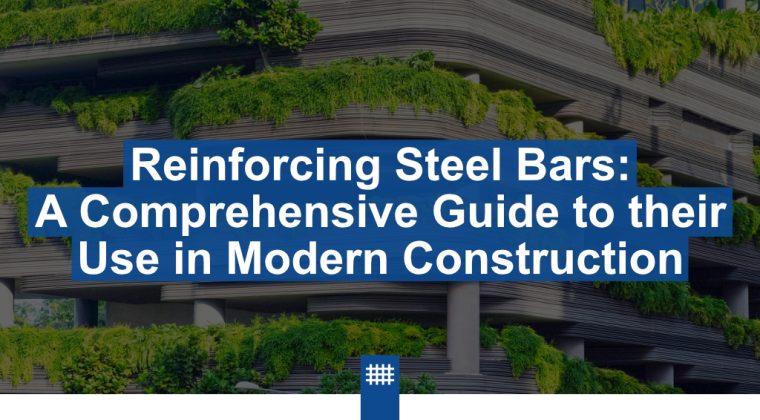Reinforcing steel bars are an essential component of many construction projects, providing strength and stability to the structure. Rebar comes in a variety of shapes and sizes, each with their own unique properties and uses. Deformed steel bars, carbon steel bars, epoxy coated rebar, galvanized rebar, and stainless steel bars are all popular options for reinforcing concrete structures. Each type of steel rebar has its own advantages and disadvantages that must be considered when choosing the right material for a given project.
What are Reinforcing Steel Bars and How Do They Benefit Modern Constructions?
Reinforcing steel bars, also known as rebar, are an essential component of modern construction. They are used to strengthen concrete structures by providing additional support and stability. Reinforcing steel bars come in a variety of materials and sizes, making them suitable for a wide range of applications.
Rebar benefits modern construction by adding much needed tensile strength. Concrete on its own is fairly strong as they can withstand compression and durable material. However, it lacks tensile strength. Meaning it cracks under twisting forces such as a building in strong winds. Reinforcing the concrete with rebar adds the tensile strength which allows the structure to hold under the twisting or swaying forces. In essence, this gave people the chance to create taller structures that would stand the test of time and harsh weather conditions.
The Different Types of Steel Rebar and Their Uses in Construction
Rebar is used in concrete constructions to add tensile strength as mentioned. This is possible for a few reasons. When concrete dries it shrinks and essentially attaches to the rebar which creates a bond. Through this bond the concrete is able to transfer any stresses to the rebar. The rebar also benefits from being covered in concrete as this protects the bar from corrosion. Rebar is made of steel which is an accessible and affordable material. Leading to common use in concrete construction. There are a number of different types of rebar as well. Each one is slightly different in their uses.
Carbon Steel Rebar
Carbon steel rebar is a common form of rebar used in concrete construction. Due to its affordability, it is used in many commercial and residential projects. However, it may not be ideal for high moisture projects or high humidity areas.
Deformed Steel Bars
Deformed steel bars is perhaps the most recognisable of all the rebar types. These are bars that have protrusions and indentations causing them to look ribbed. This allows for better bonding between the concrete and rebar and overall friction. These are the most commonly used in construction projects within South Africa as they are reliable and are cost effective.
Stainless Steel Rebar
This type of rebar is most often used in projects of larger constructions such as bridges, roads, and piers. Stainless steel rebar is a bit more expensive but ideal for weight-supporting structures.
Galvanized Rebar
Galvanized rebar is an alloy steel rebar dipped in a zinc solution to add a special water coating that can deter corrosion. This type of rebar is a little more expensive but can be worth it depending on the project. Especially since it is incredibly resistant to corrosion.
Epoxy Coated Bar
Epoxy coated rebar is coated with a thick epoxy coating that reduces corrosion and it is hugely beneficial for high moisture or high humidity projects. The only major downside is that the epoxy coating can be scratched off during transport.

